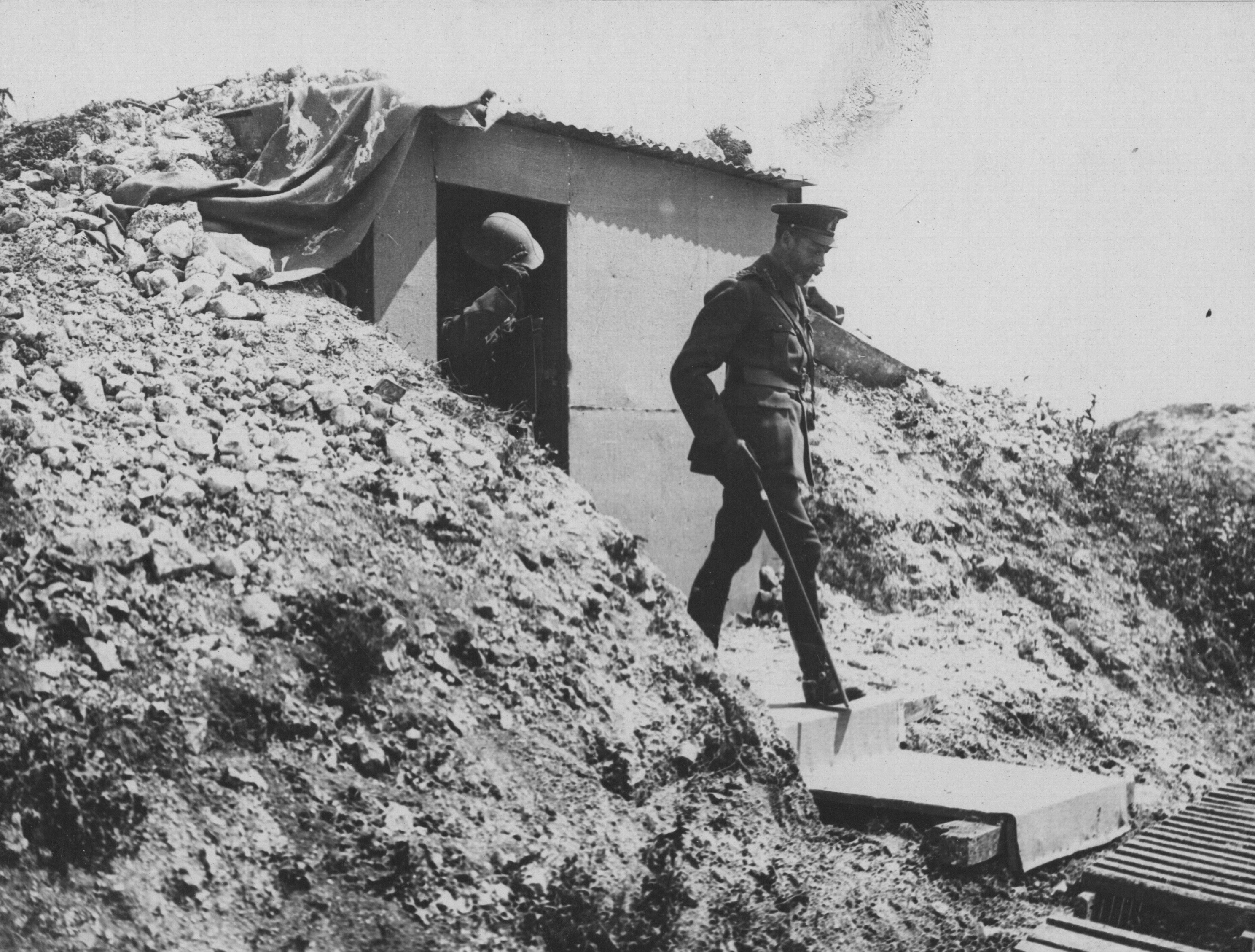Vimy Ridge is far more than just another bloody World War I battle or the site of a marvelously preserved battlefield. Though it lies in France, Canadians justly consider it the birthplace of their nation.
From April 9 to 12, 1917, the British army’s Canadian Corps launched a coordinated assault against three divisions of the German Sixth Army holding the high ground just north of Arras. It was the first time the corps’ four divisions had operated together. Their attack was among the most spectacular Allied tactical successes of the war, even though the Canadians suffered more than 10,000 casualties and the overall British-French offensive they were supporting turned out to be an operational failure. Vimy Ridge became as much a rallying point for Canadians as Gallipoli became for Australians and New Zealanders.
The Vimy Ridge assault came at the northern end of the larger British Arras offensive, itself a diversionary attack in support of the Allied main effort, France’s disastrous Nivelle Offensive in the Champagne region to the southeast. Vimy Ridge is a key piece of high ground about four and a half miles long. Rising to a height of 480 feet above the Douai Plain to the east, the ridge climbs gently from its western approaches and then drops off sharply on its eastern face. The Germans took Vimy Ridge in October 1914 and clung to it tenaciously. The French attempted to retake the ridge in May and September 1915, failing each time and suffering some 150,000 casualties in the process.
The British took over control of the Arras sector in February 1916, and for the next year the British and Germans mounted continual trench raids against each other’s positions, while engineers in their respective tunneling companies dug mines and countermines, extending the fight deep underground. The Canadian Corps took up positions along the western slope of Vimy Ridge in October 1916. British Lt. Gen. Sir Julian Byng assumed command of the Canadian Corps in January 1917, and shortly thereafter the British First Army assigned the Canadians Vimy Ridge as their objective for the Arras offensive.
The key elements of the Canadian plan were massive artillery support and innovative and flexible infantry tactics, the latter anticipating the infiltration tactics that would characterize the great German offensives of 1918. The Canadians developed their plan upon terrain models of the sector and distributed some 40,000 trench maps down to the platoon-sergeant level to ensure that first-line leaders understood both their own roles and how they fit into the overall plan. Though this is standard military practice today, it was an innovation in 1917.
Supporting the assault were 480 18-pounder field guns, 138 4.5-inch howitzers and 245 corps-level heavy guns— more than three times the artillery normally allocated to a corps. The Royal Artillery staff officer responsible for nailing down the complex logistics to coordinate so many guns in such a tight space was Major Alan Francis Brooke, who a quarter century later would be known to the world as Field Marshal Lord Alanbrooke, chief of the British Imperial General Staff during World War II.
The Canadians attacked at dawn on Easter Monday as a winter storm lashed the faces of German defenders. The artillery opened up at 0530, and 30 seconds later the engineers triggered three huge mines close to the German positions. By 0625 the Canadian 1st, 2nd and 3rd divisions had secured their initial objectives and were moving on to their second objectives. The 4th Division encountered stiff opposition and moved slowly at first. But by the end of the next day the Canadians had taken all but the highest point on Vimy Ridge—Hill 145, dubbed “the Pimple.” The 4th Division persisted, and by the evening of April 12 it had taken the Pimple and repelled all German counterattacks.
Vimy Ridge today is one of the best preserved and most impressive of the World War I historical parks. In 1922 the French government granted Canada perpetual use of a 250-acre section of the ridge, including the Pimple. In 1936 the Canadians erected on the summit of Hill 145 a towering, twin-pillared, white marble monument honoring its war dead. Veterans Affairs Canada [www.vac-acc.gc.ca] operates an interpretive center adjacent to the monument, and the surrounding historical park includes meticulously maintained trench lines, bunkers and mine craters. Unexploded ordnance remains in some sections of the park, but these areas are well marked and are off-limits to visitors even nearly a century after the battle.
Four Canadian soldiers earned posthumous Victoria Crosses at Vimy Ridge, and for many Canadians the battle marks the point at which their country emerged from the shadow of the British Empire. Speaking at a 2007 ceremony to rededicate the monument following a multiyear restoration effort, then–Canadian Prime Minister Stephen Harper said: “Every nation has a creation story to tell. The First World War and the Battle of Vimy Ridge are central to the story of our country.”
Originally published in the July 2010 issue of Military History. To subscribe, click here.





